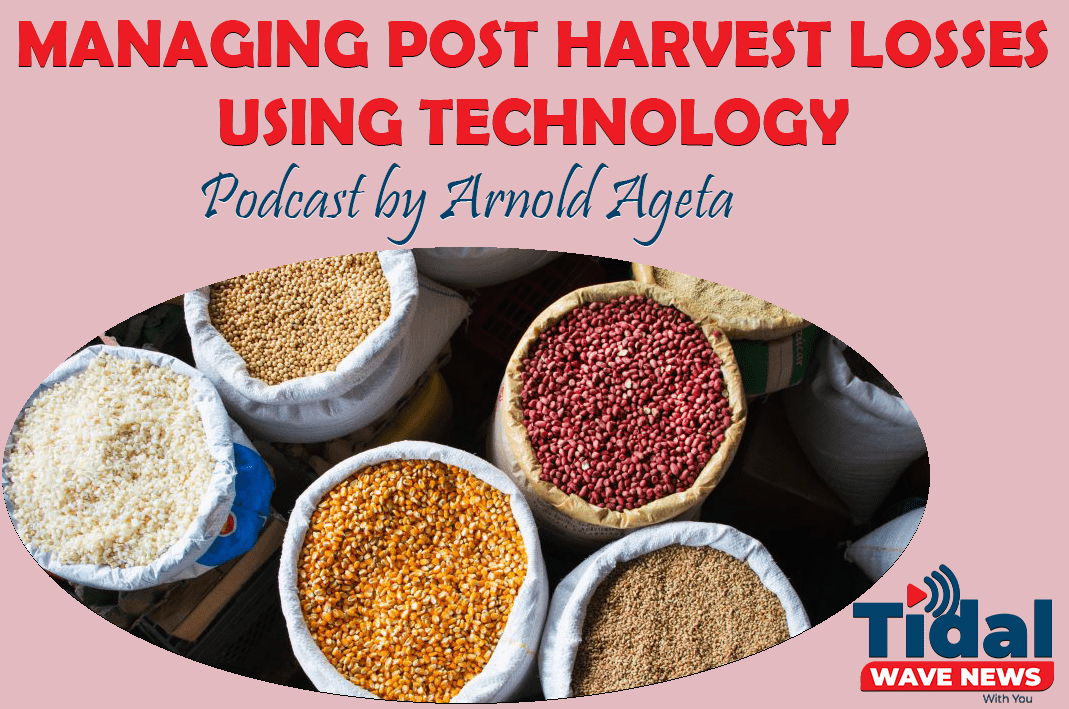
By Arnold Ageta
Fodder preservation is slowly becoming an important aspect of livestock farmers who want to ensure enough feed for their animals throughout the year.
A farmers group in Baringo county has devised methods of preserving silage for use during times of scarcity.
Tackling effects of climate change is often a challenge to many small-scale farmers especially in arid and semi-arid areas. With unpredictable weather patterns, many farmers are not sure of their farming calendar.
However, at Mumberes village, in Eldama Ravine, Baringo County, farmers are thinking outside the box as they embrace a new method of fodder preservation.
The preservation technique uses both manual and mechanized technologies but with a lot of precision to get the correct nutritional value.
Farmers have an option of making silage using maize or grass to create a nutrient rich feed for their livestock in times of scarcity.
For farmers at Mumberes Cooperative society, maize is the key crop. The maize crop is harvested after attaining the cobbing stage. The entire plant is then allowed to wilt under shed to reduce water moisture after which it is chopped into mall sizes, compacted and finally allowed to ferment in controlled conditions.
The technology uses above the ground method where farmers use dry grass which absorb excess moisture hence preventing growth of moulds. A clean PVC paper is spread on top to cover. Farmers using the method, hail it for being cost effective.
Extension officers in Baringo are now training more farmers to equip them with knowledge and skills required on fodder preservation.



